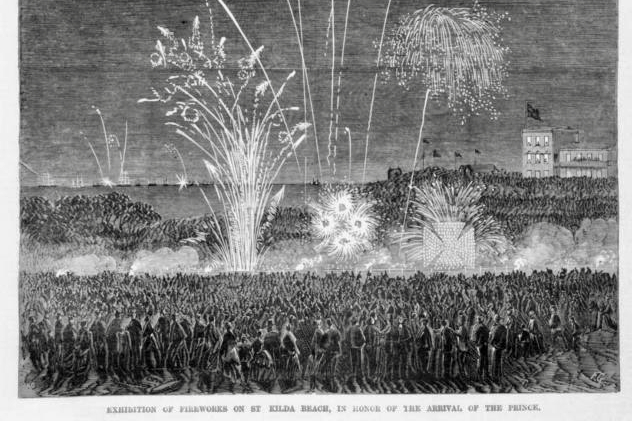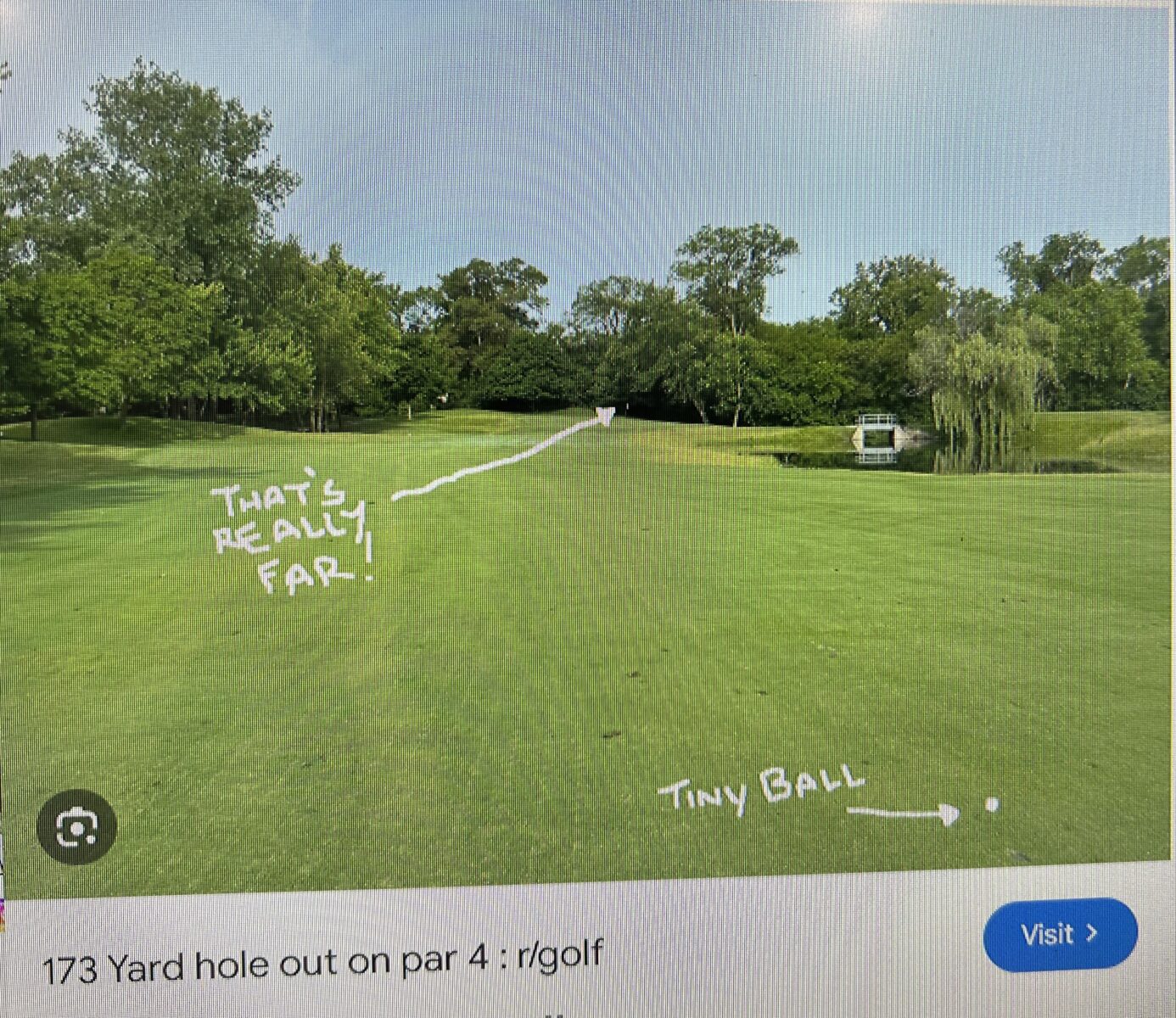To relieve anyone interested in the discussion about Rockets of the necessity to wade through over 200 comments about them in the Facebook thread, here is a summary and the final word.
A single person, Constable Arthur claimed two rockets “one small one large” were fired during the siege at Glenrowan, from somewhere between the Railway station and McDonnell’s hotel. That is the sum total of everything we know about them – EVERYTHING else claimed about them is guesswork and was made up
The rockets became an integral part of the now thoroughly debunked theory, elaborated and promoted for 50 years by the late Ian Jones that the siege at Glenrowan was an attempt by the Kelly Gang and an army of sympathisers to overthrow local government and declare the North East a Republic. Much of the detail about this ‘republic’ was supplied to Jones in the 1960’s by a descendant of the so-called Fifth Member of the gang, who deliberately misinformed Jones with the invented story of a ‘Republic’, and with detail about the ‘rockets’ because he was fed up with writers and broadcasters misrepresenting their story for personal gain. Jones enthusiastically made these fantasies the centre of his entire Kelly narrative. But its been debunked. There is however a small remnant of Kelly sympathisers who refuse to let it go and move on.
So we are left with Arthurs claim to have seen two rockets, and nothing else.
The question I asked a few years ago on my Blog was why nobody else saw them. To me – and many others – it seemed very odd that in the middle of the night in the midst of dozens of onlookers and participants at the Siege two rockets could be fired and yet only one person ever reported seeing them. An entirely plausible solution to this puzzle was put up by David Dufty a couple of years ago in his book Nabbing Ned Kelly. He suggested that Arthur made a mistake, and what Arthur saw were not rockets but sparks emitted from the train waiting at the station. These would have been seen by many, but not remarked on because this was a common occurrence.
So why has there been such an angry and indignant outcry from Kelly sympathisers?
Well mostly, it’s because they regard any questioning of the rocket story as a threat to their belief in the Republic, the Jones myth that these Kelly cult members refuse to admit has been debunked.
Watching the attempt to save the rocket theory by Rowsell, the anonymous CT and his side-kick Barton have been an object lesson in how cultists defend nonsense.
Firstly, they denied sparks could even be emitted, because trains were fitted with spark arrestors. In reply we showed that in 1880 arrestors were still being perfected because they still continued to emit sparks and pose a threat to flammable countryside. So then they claimed sparks were only emitted when the trains were moving – and so we showed them images of sparks being emitted from stationary trains. They claimed sparks could never look like rockets so we showed them video of sparks looking exactly like rockets.
Next they resorted to the classic ‘straw man’ approach, describing what would have been emitted in various exaggerated and hyperbolic ways as a ‘circus light show’ that would set fire to the surroundings – but nobody ever suggested the train was emitting great clouds of sparks and flame – an occasional emission of a few sparks was all it needed to be, and that kind of emission from a train on standby is entirely possible.
They claimed that Arthurs description couldn’t be challenged because it was ‘precise’ – but in fact his report wasn’t any more ‘precise’ a description of anything than would someone’s claim to have seen ‘an animal’ – it was merely a label – the difference between a label and an actual description being something CT et al. were unable to comprehend. Rockets can have many forms and appearances – ‘Precise’ would have been to provide those details – such as colour and height reached in the sky and direction – but there was none.
They claimed Arthurs description couldn’t be challenged because it was given under oath and therefore must be true, and that we must be alleging perjury. Well no, we are not. Perjury is when someone under oath gives evidence they know to be false – and we have always accepted Arthurs belief that he saw rockets. It’s not perjury to give your honest opinion.
They tried to claim the rockets were seen by TWO people – good grief, two! – but the second person is not on record anywhere as ever having mentioned them. Their claim of a second person seeing them is hearsay – but they refuse to drop it.
In the midst of all this there were the usual personal character attacks on me and David Dufty and other contributors, there was childish mockery and jeering and sniggering from Barton, there was a serving or two of red herrings – nonsense about the types of Arrestors, British trains, references to the Republic, a ‘Guerrilla Army’ and ‘Military Operations’ but no attempt to explain the original concern which was why nobody else EVER reported seeing ‘rockets’, no attempt to address the way Jones was misled about the rockets in the first place, and no acceptance of the fact that the train was in exactly the place Arthur said the ‘rockets’ had come from. And of course, no acceptance of the possibility, that like all human beings who have ever lived, Arthur was fallible and could have made a simple mistake.
But finally, and perhaps the most telling thing about these responses was the absolute refusal to accept in the slightest that another person could reasonably and conscientiously hold a valid opinion about something that they disagreed with. On our part, we readily conceded that Arthur may have seen two rockets, but if so, it raises an enormous conundrum, the simple and obvious solution of which might be that he got it wrong. For Barton CT and Rowsell and the rest of them, there’s no such thing as agree to disagree, no recognition of the possibility they could be wrong, just a dogmatic insistence on their own correctness and superiority, and in defence of their certainty, denigration, mockery and the attribution of nefarious motivation to anyone with a contrary opinion.
All this bile about a simple observation, and an attempt to make sense of it. : only one person ever reported seeing rockets at Glenrowan
Here again is what Ive been saying all along : if you want to insist that Arthur got it right, and that one large and one faint rocket was launched somewhere between the station and McDonells hotel on the night of the siege by Kelly supporters for a reason that we will never be able to discover, and the fact that nobody else reported seeing them isnt a problem for you, and Arthurs proven unreliability as an eyewitness doesn’t trouble you – go ahead, that is your absolute right. But remember, that is ALL you can assert about these rockets – you have NO idea why they were fired, you have NO idea who fired them, and there is NOTHING to link them to the Kelly gang other than the fact they were fired during the siege. Maybe a local Chinese Celebration planned for that weekend was underway? Can you be certain there wasnt?

My view is that Contable Arthur was mistaken. That on the night of the Glenrowan siege, he saw lights in the sky that he thought were fireworks rockets, but were actually sparks from a locomotive.
A year later, while under cross-examination at the Royal Commission, he mentioned seeing the rockets, and that he believed they were fired as a warning signal to the gang, by one of the gang’s sympathisers. As I have said before, for various reasons, I think he was mistaken.
But who knows? Maybe I’m wrong, and rockets were fired that night. Maybe Tom Lloyd or Wild Wright – or another gang associate – sent them up as a belated warning to the gang about the arrival of the police. Glenrowan was an elaborately planned event, so, sure, it’s plausible that Ned Kelly could have recruited a trusted associate to carry out an auxilliary task like that.
If new evidence comes to light, or if a solid case can be made for the existence of those rockets, then I’ll happily admit I was wrong. But I haven’t seen compelling evidence or a solid case for it. The only evidence I’m aware of is Constable Arthur’s testimony, and that’s not enough.
Hi David D., I still think you’re right. The two things that count against rockets are in Arthur’s own testimony. First, the alleged firing location is problematic; and second, the rocket’s description. Arthur said, “there were two rockets let up between the railway station and McDonald’s…. One was very faint, and the other was a large one.”
There were people at and around both the station and McDonnell’s hotel all night, including four news-hungry journalists. No one saw any rockets, or anyone setting off any rockets, in the area between the station and McDonnell’s.
There were, however, the main and shunting track rails lines and two steam trains. The time that Arthur thought to see rockets is about the time one or both of the engines was shunted to head back to Benalla. Sparks are a plausible explanation. One can quibble with it; but given the fact of witnesses right there who said nothing of any rockets or rocketeers, the more one reflects on it, the greater the likelihood that Arthur (and Gascoigne, if you like) was mistaken in thinking they saw rockets.
Second, the description of “one very faint” and “the other large”, is not much to go on, but is consistent with a flare of sparks from a steam engine. Both Arthur and Gascoigne were some 170-180 yards from the station, west of Jones’s Inn and necessarily at least far enough north for Arthur to be able to see a man leaving from the rear yard. The positioning was discussed in the Rewards, Politics and Police blog topic from 29 July. The distance is a straight line approximation measured from Google maps.
As the image below shows, that would be quite a long way to see things clearly at night. Anything potentially seen from that far away would be far clearer to people close to the station. Yet they saw no rockets.
Attachment
Coppers Free Masonry ain’t from the Latin MASSONNNICA as in the P2 Banner which in my Latin Italian English Dictionary translates as Black mass? and implying Luciferian Satanism of the Franks and Weisshaupt ? The Crown and City London’s lord of Missrule ?Even Kelly identified as a “Widow’s Son”!
If we saw it all, it’s tainted fodder. Secured truths are a perversion; the closet one can come to actually lying without actually doing so; that doesn’t stop; prohibition war on drugs and plants free available nature and denial of self determination. Remember Juanita Neilson Krahe and Kelly. ( the one buried Mona Vale Cemetery not Edward) Sally Anne and Dodger Rogerson and Langfranchie ?
If I’ve lived the Rum Corps corruption and lies.